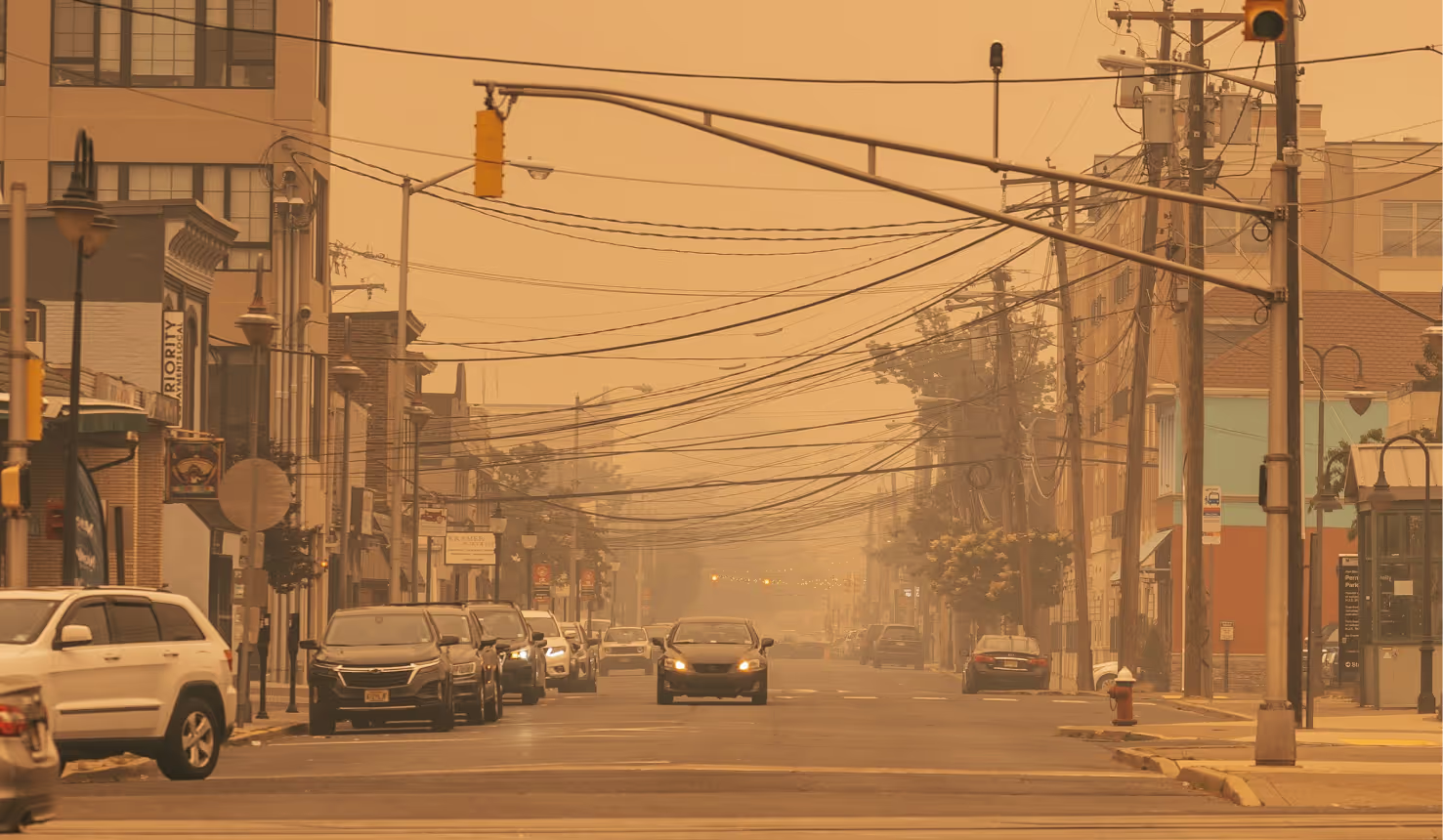Modern Examples of Environmental Racism in the U.S.

Join the community





There is an 85-mile stretch of land along the Mississippi River between New Orleans and Baton Rouge, commonly known as Cancer Alley. This stretch is lined with oil refineries and petrochemical plants. The toxins in the air and water make the residents there 50 times more likely to develop cancer than the average American.
Another important fact about this stretch is that the majority of its residents are Black.
Cancer Alley serves as a clear example of environmental racism.
What is Environmental Racism?
African American civil rights leader Benjamin Chavis coined the term “environmental racism.” He defined it as:
Racial discrimination in environmental policy-making, the enforcement of regulations and laws, the deliberate targeting of communities of color for toxic waste facilities, the official sanctioning of the life-threatening presence of poisons and pollutants in our communities, and the history of excluding people of color from leadership in the ecology movements.
Numerous studies have shown that non-Hispanic whites have the lowest rates of exposure to air pollution compared to Hispanic and Black Americans and over half of the individuals living near toxic waste facilities are people of color.
In a 2007 study, Dr. Robert Bullard found that African American children were five times more likely to have lead poisoning from proximity to waste than Caucasian children.
Another 2018 study conducted by the EPA showed that at the national, state, and county levels, non-white Americans are disproportionately burdened by air pollution caused by automobile fumes, smog, soot, oil smoke, ash, and construction dust as compared to white people.
Examples of Environmental Racism
The following examples highlight the environmental racism present in the U.S. today.
Asthma Alley
Similar to Cancer Alley, there's an Asthma Alley in The Bronx, one of the most racially diverse boroughs in New York City. An estimated 20% of the children here have asthma due to the high air pollution rates. Hospitalizations due to asthma are five times the national average and 21 times the rate in other New York City neighborhoods.
Flint Water Crisis
Another example of environmental racism is the water crisis in Flint, Michigan. This crisis occurred when the city failed to treat its municipal water after changing water sources, resulting in mass lead poisoning of residents. Unfortunately, the matter was not treated with the necessary urgency. It is not surprising that the majority of those affected were low-income people of color. The Michigan Civil Rights Commission termed the slow official reaction a result of systemic racism.
Environmental Racism in Houston
98% of the population in The Harrisburg/Manchester neighborhood of Houston is Hispanic. The area is home to numerous oil refineries, chemical plants, sewage treatment facilities, and hazardous waste sites. These sites release up to 484,000 pounds of toxic chemicals annually. The situation is so severe that even the local elementary school was forced to shut down and relocate due to high levels of lead found in children.
We have environmental racism examples in states like California as well, where Black, Latino, and low-income residents are more likely to live among power plants, oil refineries, and landfills that spew toxic pollution.
The world is full of environmental racism examples
Pollutants such as e-waste and textile waste are packed in containers and shipped to countries in the global south, where safety laws and environmental practices are more relaxed.
Guiyu in China is an e-waste hub. The discarded computer parts piled by the river contaminate the water supply with cadmium, copper, and lead. As a result, water samples showed lead levels 190 times higher than WHO limits, affecting children's IQ and academic performance.
Lead from spent American batteries is causing soaring rates of anencephaly (when babies are born without brains) in Mexico.
Youth activists like Amariyanna Copeny and Nalleli Cobo are fighting environmental racism in their communities, but we need the tightening of environmental laws across the country and the widespread adoption of the environmental justice movement. After all, climate justice is racial justice.









